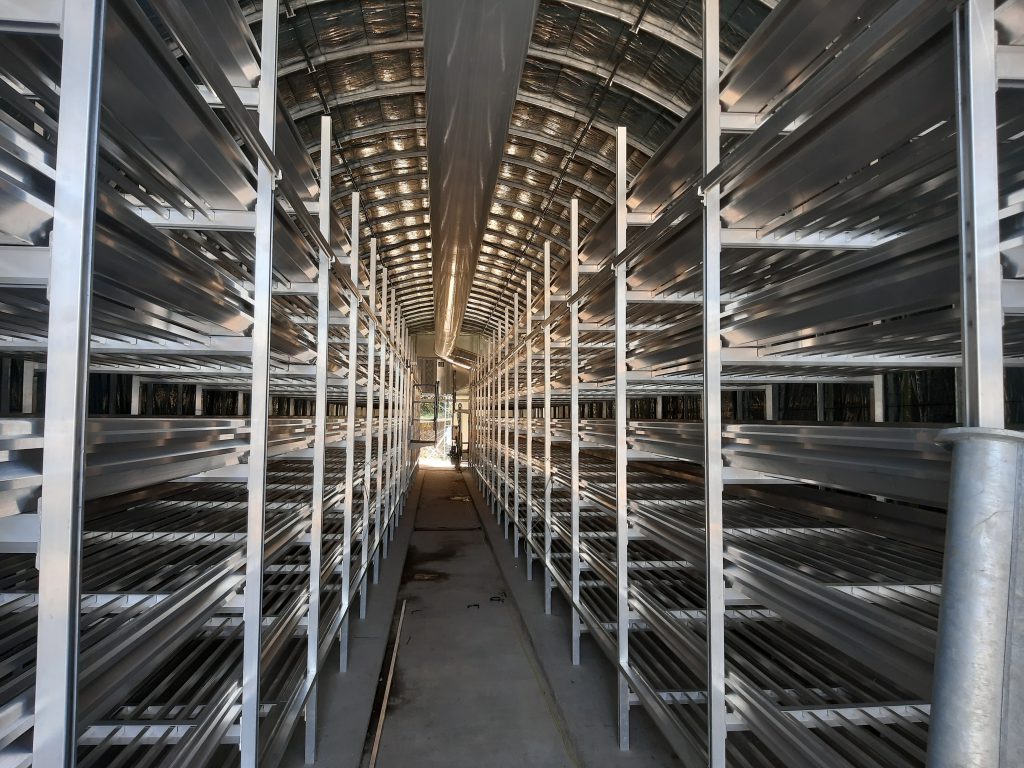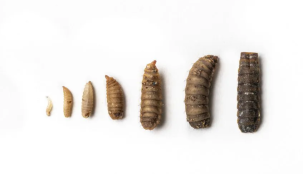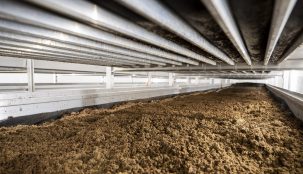ZOEM Racks versus Trays

When evaluating the yield and growing surface, trays appear to offer a larger growing area compared to racks. Trays boast a greater growing surface per unit area of floor space, making them look good on the spreadsheet. However,
Labour
In terms of labour requirements, racks seem to necessitate fewer personnel compared to tray systems. racks demand less labour for tasks such as filling and multiple feedings, resulting in potential cost savings in terms of wages and personnel management.

Climate control
Regarding climate control, ZOEM racks seem to offer superior advantages over trays. Racks are usually constructed from aluminium to facilitate better climate regulation due to their non-heat-retaining properties and enhanced air circulation. Plus, the ability to monitor and regulate substrate conditions more effectively contributes to optimal larval development.

Cost
In terms of investment, both systems entail substantial upfront costs. However, racks may offer potential savings in terms of initial investment compared to trays. Additionally, racks may offer long-term cost advantages in terms of energy efficiency and reduced labour requirements, which could offset the initial investment over time.

Welfare and Health
In Black Soldier Fly (BSF) production, rack systems offer several health and welfare advantages over tray systems, primarily due to the enhanced climate control and improved management of the substrate:
· Enhanced Airflow:
Rack systems provide better airflow around the substrate, which helps in maintaining optimal temperature and humidity levels. This prevents overheating and ensures that the larvae remain in a conducive environment for growth. With racks, the substrate is more evenly exposed to environmental controls.
· 100% Access to Substrate
Improved Feeding Efficiency: Rack systems allow for 100% access to the surface of the substrate, making it easier to evenly distribute feed. This ensures that all larvae have equal access to food, promoting uniform growth and reducing competition among larvae.
Surface Treatments: It’s easier to apply treatments or other beneficial additives directly and uniformly to the entire substrate surface, enhancing the overall health and productivity of the larvae.
· Multiple Feeding Cycles
Ease of Management: Rack systems facilitate multiple feeding cycles because of the ease of accessing the substrate surface. Regular, evenly distributed feeding helps maintain optimal nutrient levels and promotes continuous growth and high survival rates.
Reduced Labour: The design of rack systems reduces the labour required for feeding, as workers can quickly access and replenish the substrate without having to move heavy trays or deal with layered setups.
· Watering During the Cycle
Consistent Moisture Levels: Water can be uniformly distributed across the substrate surface in rack systems, maintaining consistent moisture levels which are crucial for the larvae’s development. With better control over watering, there’s less risk of overwatering certain areas, which can lead to anaerobic conditions and substrate spoilage. Rack systems allow for precise watering, reducing these risks.
· Health and Welfare Advantages
Better climate control and substrate management reduce the likelihood of disease outbreaks, which are often triggered by suboptimal conditions such as excessive humidity or poor ventilation.
· Enhanced Larvae Welfare:
Consistent access to food and optimal environmental conditions improve the overall welfare of the larvae, leading to healthier and more robust insects. Effective feeding and watering strategies in rack systems enhance the breakdown of organic waste, resulting in a more efficient conversion process and higher quality frass (residue).

Overall, rack systems provide superior climate control, substrate management, and ease of operation compared to tray systems, leading to better health and welfare outcomes in BSF production. While trays excel in floor surface usage efficiency, racks offer potential advantages in terms of operational expenditure, energy efficiency, and labour costs.
For more information about:
- Turnkey Insect Farms: https://www.insectengineers.com/bsfturnkey/production
- If you would like to book BSF industry keynote speaker Bob Holtermans for your event: https://www.insectengineers.com/about-us/speaker-bobholtermans










